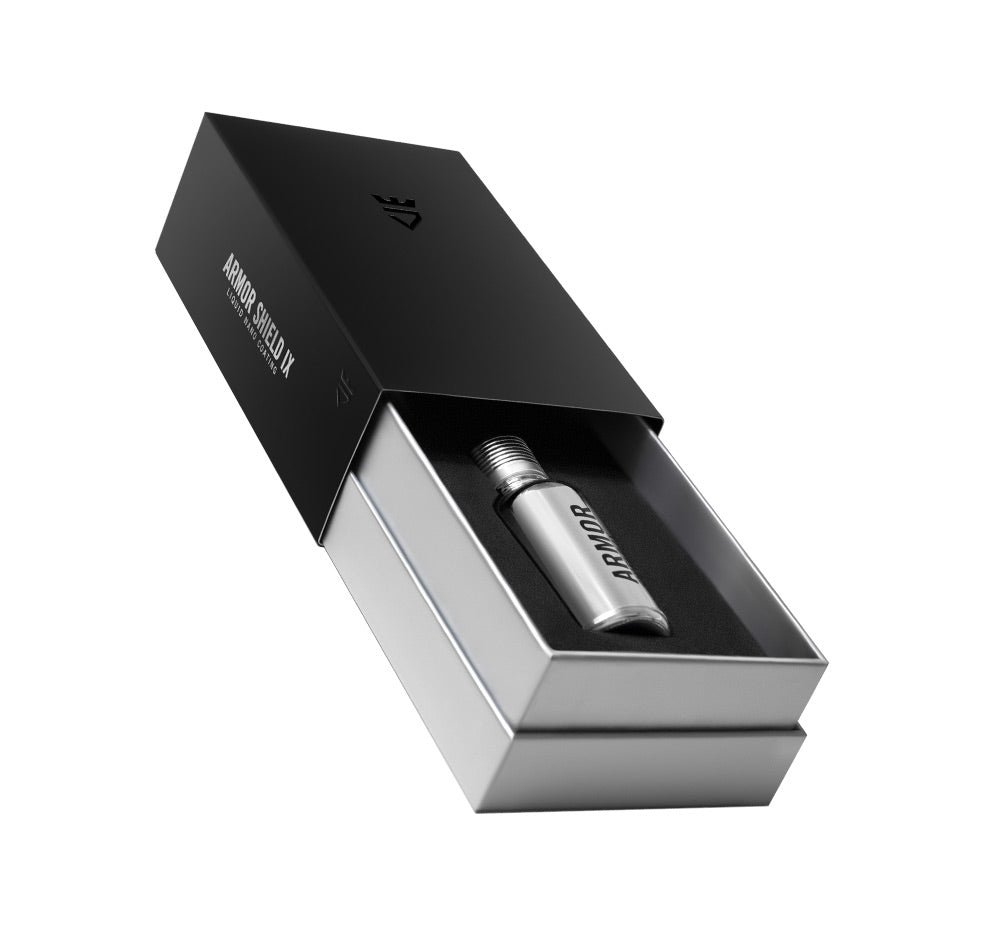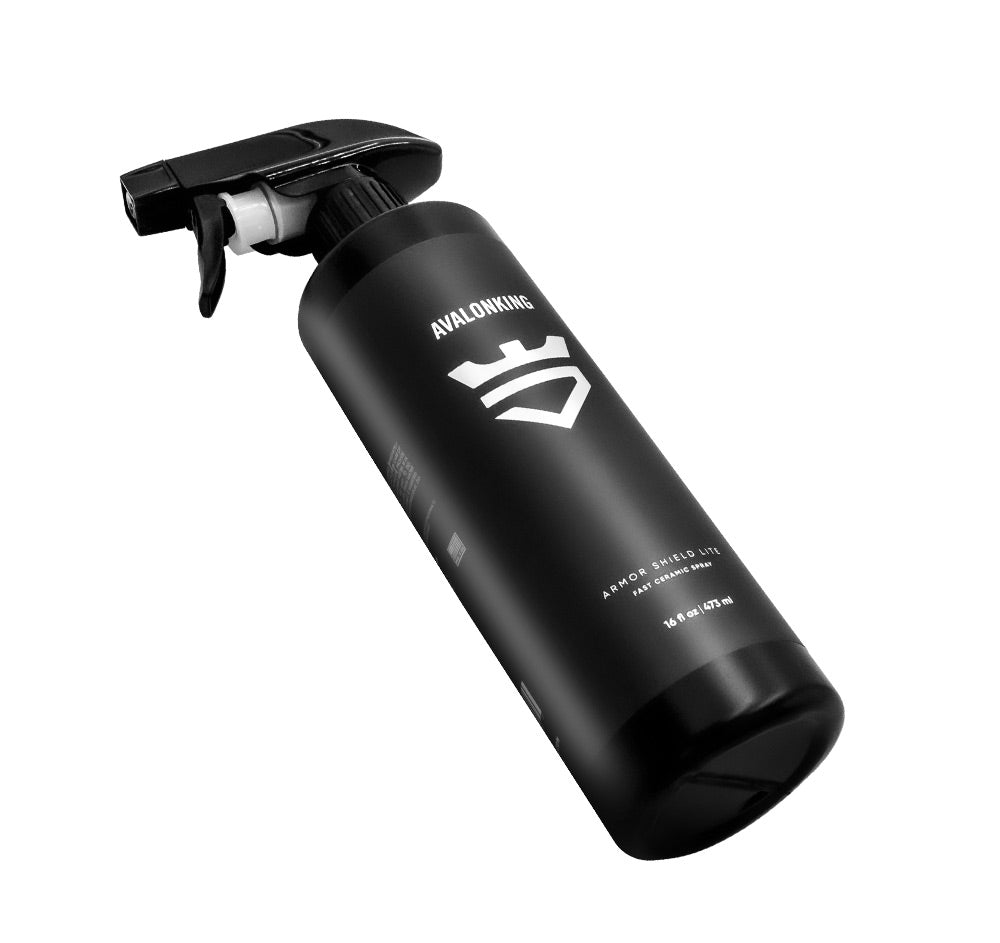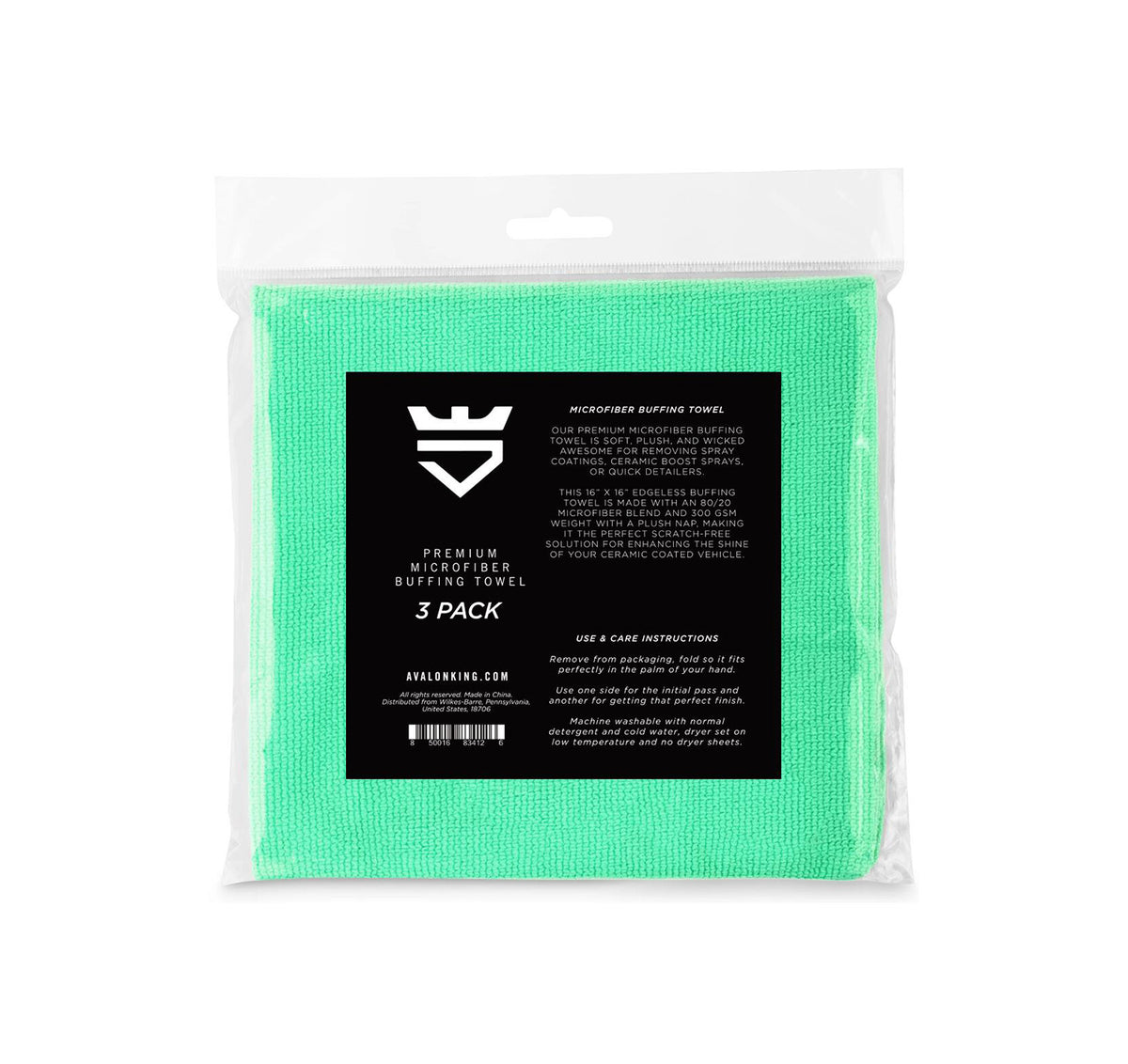Is Ceramic Window Tint Polarized?
Ever found yourself squinting through your car window on a bright day, wishing you had some sort of superhero visor to block out that blinding glare? Well, ceramic window tint might just be the next best thing. But hold your horses, is it polarized? Let's dive into the nitty-gritty and find out.
What Exactly is Ceramic Window Tint?
Before we jump into the polarized pool, let's get a grip on what ceramic window tint actually is. Spoiler alert: It's not made from your grandma's porcelain dishes.
The Basics of Ceramic Window Tint
Ceramic window tint is like the VIP of car window films. It's crafted from tiny, nano-scale ceramic particles that are both non-metallic and non-conductive. This high-tech concoction offers a ton of benefits, from reducing heat and glare to providing UV protection. And unlike its dyed or metallic counterparts, it doesn't interfere with electronic devices inside your car. Pretty neat, huh?
But here's the kicker: ceramic window tint is renowned for its durability. This stuff doesn't fade, doesn't turn purple, and won't bubble up like a witch's brew over time. It's like giving your car windows a coat of armor that also happens to look sleek and stylish.
Benefits Galore
Let's break down the perks, shall we? First off, ceramic window tint significantly reduces infrared rays, which are the main culprits behind that sauna-like feeling in your car on sunny days. It also cuts down on glare, making it easier on your eyes during those pesky sunrise and sunset drives.
And let's not forget about UV protection. Ceramic window tint blocks up to 99% of those harmful UV rays, protecting your skin and preventing your car's interior from fading faster than a cheap t-shirt. Plus, with its signal-friendly properties, you can still use your GPS, cell phone, and radio without interference. It's like having your cake and eating it too.
But Is It Polarized?
Now, onto the million-dollar question: Is ceramic window tint polarized? Well, it's a bit complicated, but stick with me.
The Polarization Puzzle
Polarization is a feature you often find in sunglasses, designed to reduce glare from reflective surfaces like water, snow, and even other cars. However, when it comes to ceramic window tint, the answer is no, it's not inherently polarized. But wait, don't let that burst your bubble just yet.
While ceramic window tint itself isn't polarized, it still reduces glare thanks to its high-quality materials and construction. So, while you might not get the same glare-cutting effect as you would with polarized sunglasses, you're still in for a much more comfortable ride compared to using no tint at all.
Why Not Polarized?
You might be wondering, why not just make ceramic window tint polarized? Well, it boils down to visibility. Polarized films can sometimes create visibility issues, especially when looking at LCD screens like your car's dashboard display or your smartphone. Since safety is key, maintaining clear visibility is a top priority.
Moreover, adding polarization to ceramic window tint could interfere with its other benefits, like its signal-friendly nature. It's all about finding that sweet spot between reducing glare and keeping all the other perks intact.
Understanding the Installation Process
When it comes to getting ceramic window tint installed, it's essential to understand the process to ensure you get the best results. Professional installers follow a meticulous procedure to ensure the tint adheres properly and looks flawless.
First, the windows are thoroughly cleaned to remove any dirt, dust, or debris that could affect the tint application. Next, the film is precisely cut to fit each window, ensuring a perfect match. The film is then carefully applied using a solution to prevent air bubbles and ensure a smooth finish.
After the tint is applied, it needs time to cure properly. This curing process allows the adhesive to bond fully with the glass, ensuring long-lasting performance. It's crucial to follow any specific instructions provided by the installer to ensure the tint sets correctly.
Choosing the Right Tint for You
So, now that we've demystified the whole polarized ceramic window tint conundrum, how do you choose the right tint for your ride?
Consider Your Needs
Think about what you're looking for in a window tint. Is heat reduction your main goal? Or are you more concerned about UV protection and privacy? Understanding your priorities will help guide your decision.
Also, consider your local laws. Window tint regulations vary widely, so make sure you're in the clear to avoid any pesky fines.
Consult the Pros
When in doubt, talk to the experts. Professional window tint installers can provide valuable advice on the best type of tint for your vehicle, taking into account your needs, your car's specifications, and legal requirements.
Remember, while ceramic window tint might not be polarized, it's still a top-notch choice for protecting yourself, your passengers, and your car's interior from the sun's wrath. So, whether you're looking to keep cool, stay safe, or just add a touch of class to your ride, ceramic window tint is definitely worth considering.
While ceramic window tint can significantly reduce glare and protect your car's interior, maintaining that pristine look outside is just as important. That's where AvalonKing comes in. With a range of premium car cleaning products, including ceramic coatings and car shampoos, AvalonKing has everything you need to keep your vehicle looking its best. Check out our products today and give your car the royal treatment it deserves!










